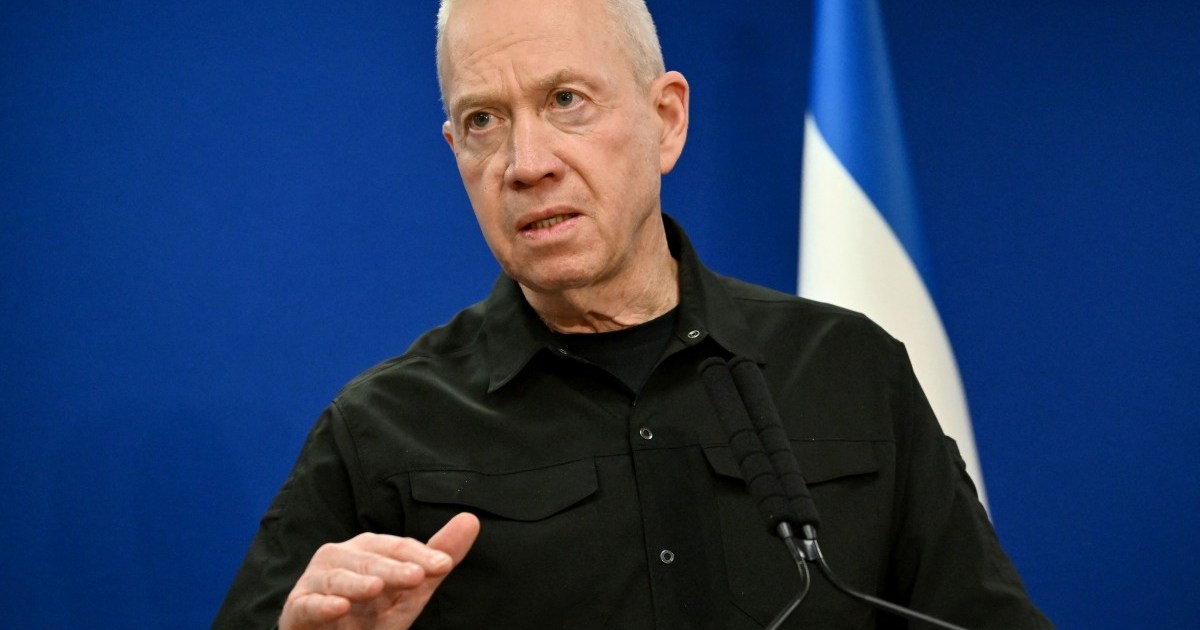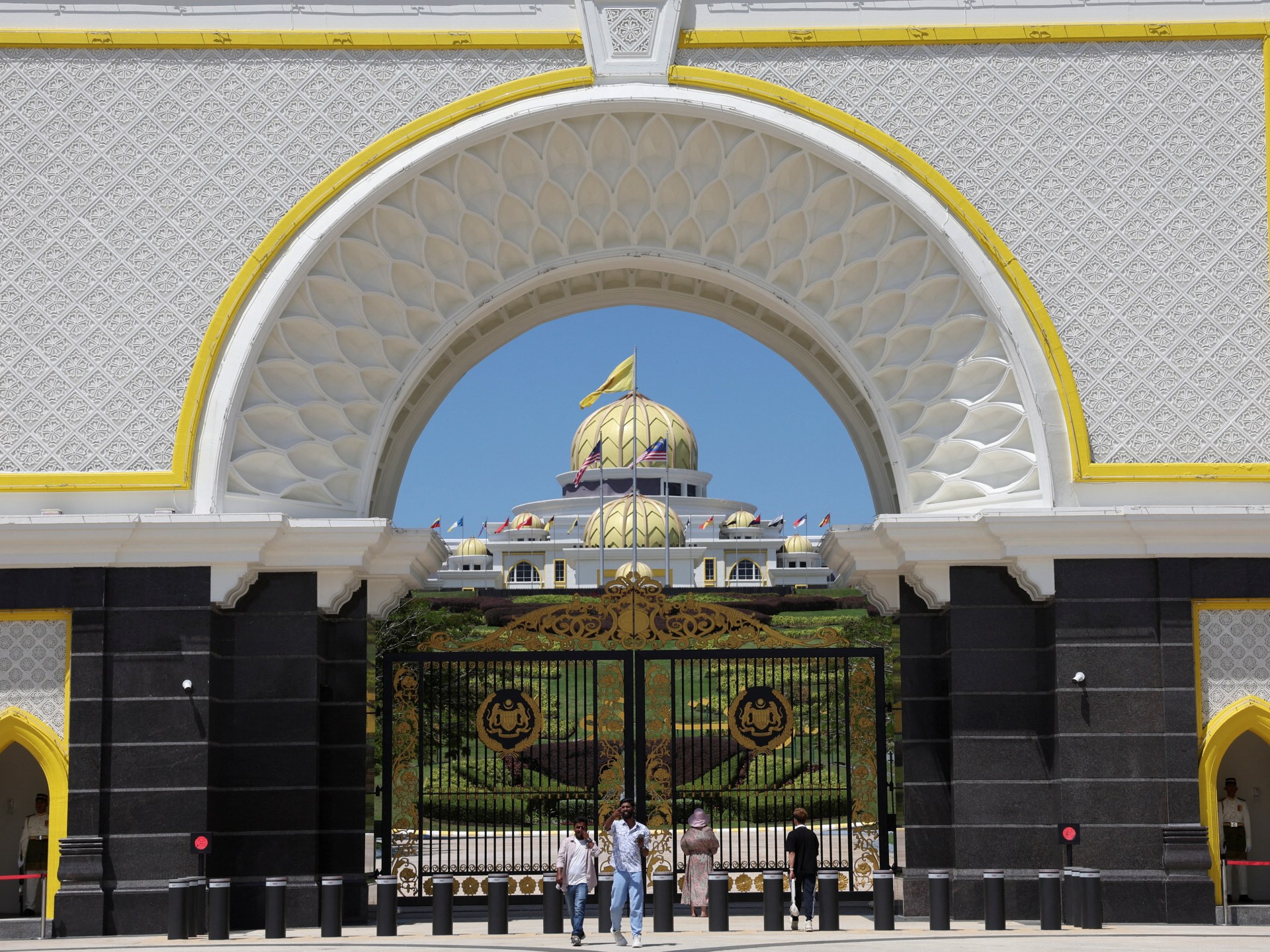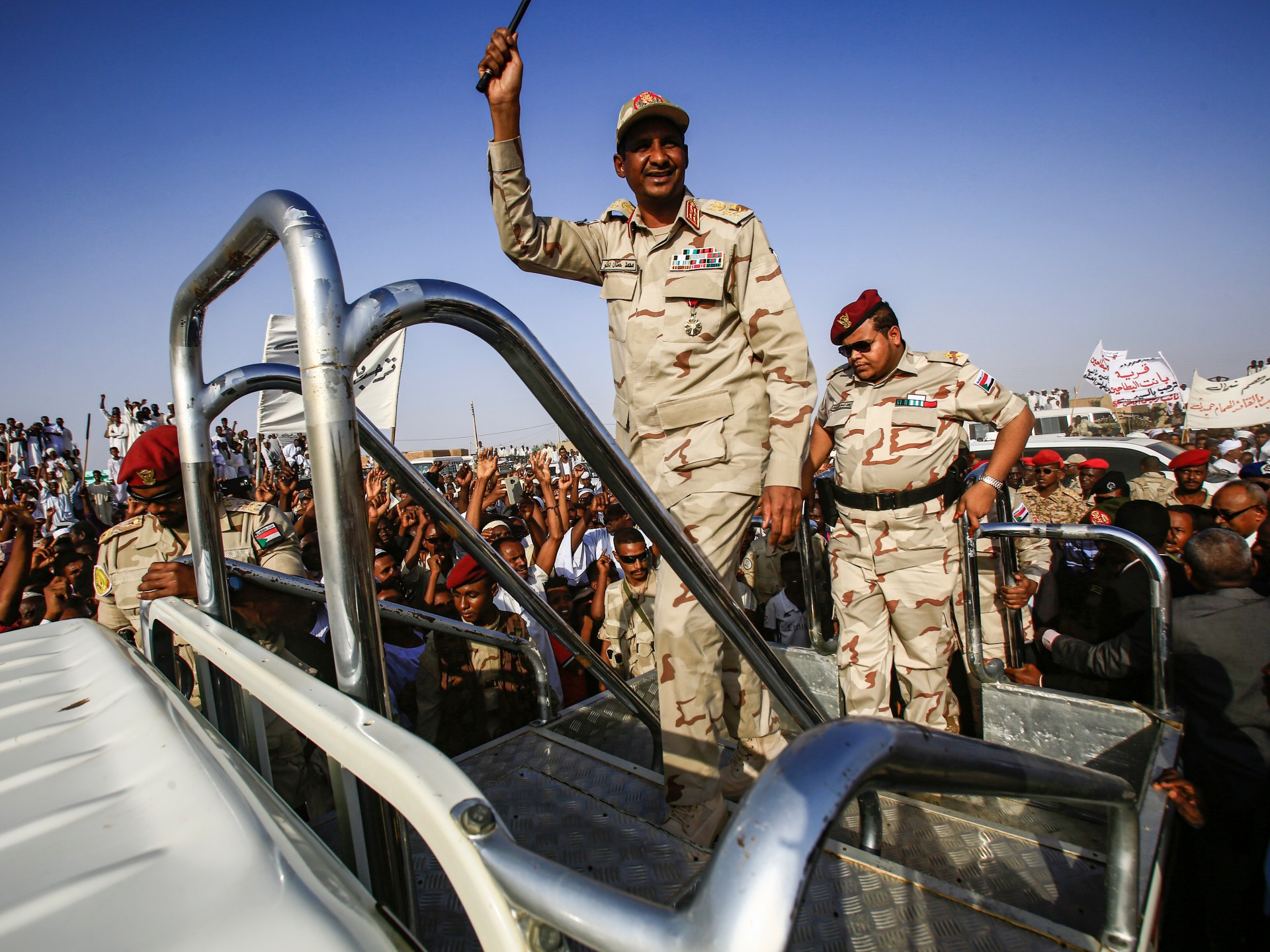
Israeli Defense Minister Yoav Gallant has outlined Israel’s plans for the next phase of its attack on the besieged Gaza Strip and future scenarios for the day after the end of the war.
“In the northern region of the Gaza Strip, we will transition to a new combat approach in line with military successes on the ground,” Gallant’s office said in a statement outlining the guiding principles that reflect Gallant’s vision for the next phases of the war on Thursday.
He said operations would include raids, destruction of tunnels, air and ground strikes and special forces operations.
In the south of the besieged enclave – where most of Gaza’s 2.3 million residents now live, many in tents and other temporary shelters – the operation would continue to try to eliminate Hamas leaders and free Israeli hostages.
“It will continue as long as it is deemed necessary,” the statement said.
According to Israeli estimates, Israel launched its offensive in Gaza after the Oct. 7 attack by Hamas gunmen that killed about 1,140 people in communities near Gaza and took about 240 hostage.
According to Palestinian health authorities, Israel’s war on Gaza has killed more than 22,400 people, driven most of the population from their homes and reduced large parts of the Gaza Strip to rubble.
After the war
Gallant also explained Israel’s plans for Gaza after the war. He said Hamas would no longer control Gaza and Israel would reserve its operational freedom of action. But he said there would be no Israeli civilian presence and the enclave would be administered by Palestinian entities.
“The residents of the Gaza Strip are Palestinians, therefore Palestinian entities will bear responsibility, on the condition that there will be no hostile actions or threats against the State of Israel,” Gallant’s office said in a statement on Thursday.
Al Jazeera’s Sara Khairat, reporting from Tel Aviv, said Gallant made it clear that Israeli officials want to call for a “Palestinian entity” to manage civil affairs in the Gaza Strip, but under “very specific conditions.”
“These conditions include not being hostile to Israel and not acting against Israel in any way,” Khairat said.
Israel has repeatedly stated that there is “no place” for Hamas in postwar Gaza’s civilian structures. Several Israeli officials, including the far-right Finance Minister Bezalel Smotrich, also said Israel would permanently control the Gaza Strip and possibly resettle Israelis there.
Gallant also said Israel will have “complete freedom for military operations in Gaza,” Khairat said.
“This is something we saw in the occupied West Bank,” she noted.
“Multinational Task Force”
As part of a so-called restructuring, Israel also intends to create a “multinational task force that includes … Western and Arab nations,” Gallant told reporters. The force, Khairat said, will try to govern the border area.
Israel wants to lead the force and take responsibility for the restructuring and rehabilitation of the Gaza Strip, she said.
“Egypt, Israel and the US are working together to ensure strict monitoring of this border,” Khairat added.
Gallant said this is one of many possible plans that officials will discuss at upcoming meetings.
Meanwhile, Hamas is becoming increasingly popular in the occupied Palestinian territories. It rules Gaza and is supported by several other Palestinian factions. The group has repeatedly said it will stand firm and expressed its refusal to leave the area.
Hamas militants continue to fight against Israeli ground forces in the central Gaza Strip and parts of the southern Gaza Strip.
Military operations in the south continued on Thursday despite the Israeli army previously declaring the area “safe” after forcing thousands of Palestinian families to leave their homes in the north, east and center of the Gaza Strip.
Many of the displaced people are now crowded into the Rafah governorate in southern Gaza. The Health Ministry has warned that disease is spreading there due to a lack of supplies, medicine, clean water and much-needed fuel.
According to the United Nations, almost 1.9 million people are now displaced – more than 80 percent of the Gaza Strip’s pre-war population.






Recent Comments